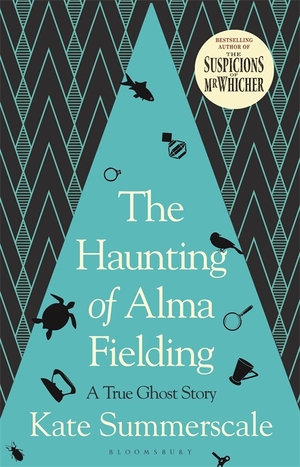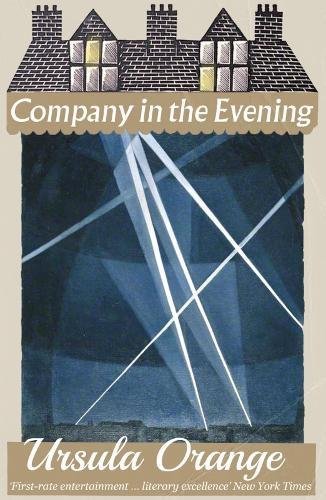I read Mrs. Tim Carries On just before reading House-Bound, and they made an interesting contrast. They were written about the same time during World War II and both set in Scotland, House-Bound in a fictional city that stands in for Edinburgh and Mrs. Tim in the town base of her husband’s regiment. Both are social comedies, but whereas Mrs. Tim is busy raising her children and doing war work and remaining as upbeat as possible, Rose Fairlaw has raised her children, tends to the depressive, and fully realizes she is looking at the death of her way of life.
House-Bound begins with Rose at the registry hoping to get two servants to replace the two girls who are leaving to work in munitions. It’s clear to her that there are plenty of employers and no one to be employed. When someone remarks that millions of women do their own housework, she decides to try, even though she is fifty and has never done any housework or cooking.
The Laidlaws live in an ancient stone tower with a larger, comfortable Victorian addition. Aside from not exactly knowing how to do the work, Rose seems to have no idea that you might not clean every room every day or that one woman can’t be expected to do what three women used to. But almost immediately she meets Major Hosmer, an American who intrudes himself upon her to make domestic suggestions such as converting the small pantry on the main floor into a little kitchen so she doesn’t have to go up and down stairs to the basement kitchen.
Rose is struggling ineptly with the cleaning and serving her husband disgusting messes, but it appears to occur to no one else in the family to do any work. The family dynamics are important in this novel. Rose was a young mother and widow during World War I when she married Stuart Laidlaw, a widower with a frail only son, Mickey, whose mother died in childbirth. Rose became consumed with caring for Mickey, especially after he almost died, to the evident neglect of her own difficult daughter, Fiona, who has grown up ready to take offence and ready to blame everything on her mother. Major Hosmer is actually an acquaintance of Fiona, and his mistaken idea of her mother is straightened out almost immediately upon meeting her.
Luckily, the registry office comes up with Mrs. Childe, who is willing to teach Rose and work with her three hours a day, but her standards are so high that Rose is exhausted. She become house bound, with no time to do anything else, but Peck extends that idea to the lives of her class—that they are stuck in their ideas and habits.
At first, being someone who has always had to do my own housework (although admittedly not to their standards), I felt impatient of Rose and the others who seemed to thing she was taking on some momentous task. But later I feel I missed some of the comedy in my sympathy for her general conditions. There are some great comic characters here, who are as irritating as they are funny, although I was a little irked at the idea that an American major would push his way into Rose’s house not only to make home improvement suggestions but to make the dinner and do the dishes. I don’t believe that character at all. But Cousin Mary, who is always right, a single woman who keeps trying to force poor exhausted Rose into doing war work—and then there is Grannie Con-Berwick.
Related Posts
Bewildering Cares
The Land of Green Ginger
Mrs. Tim Carries On










